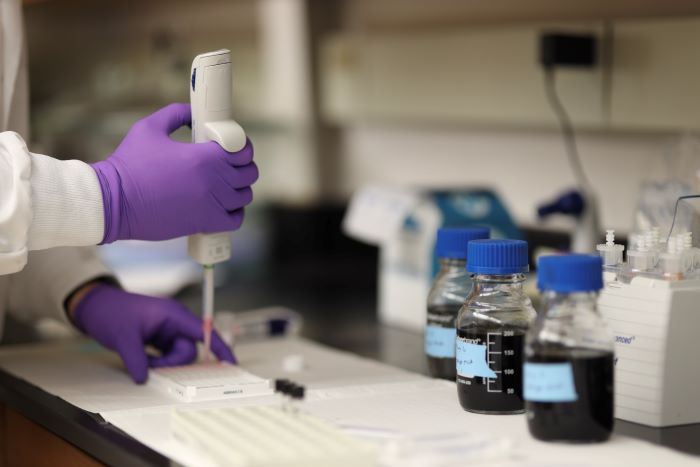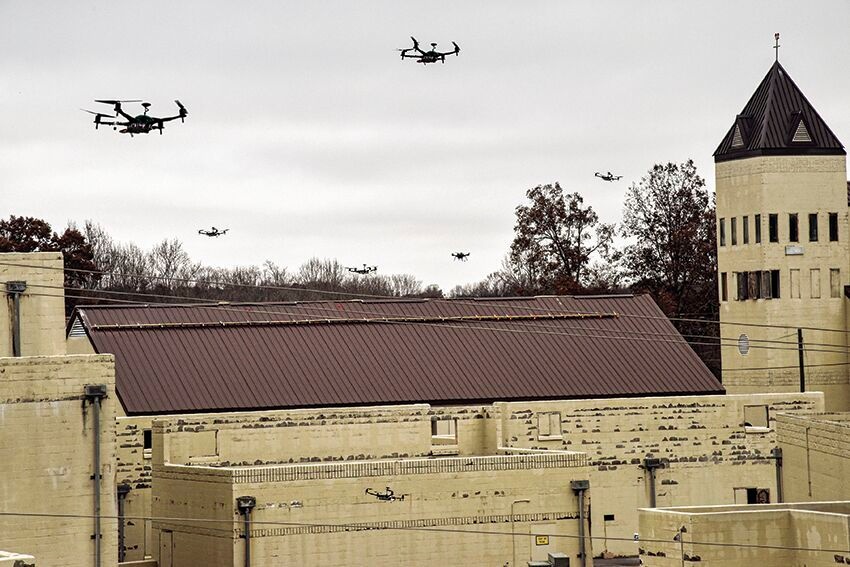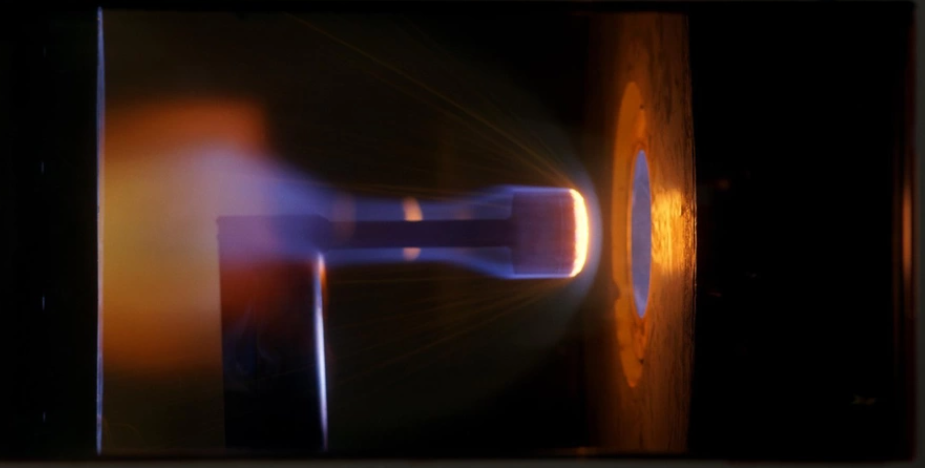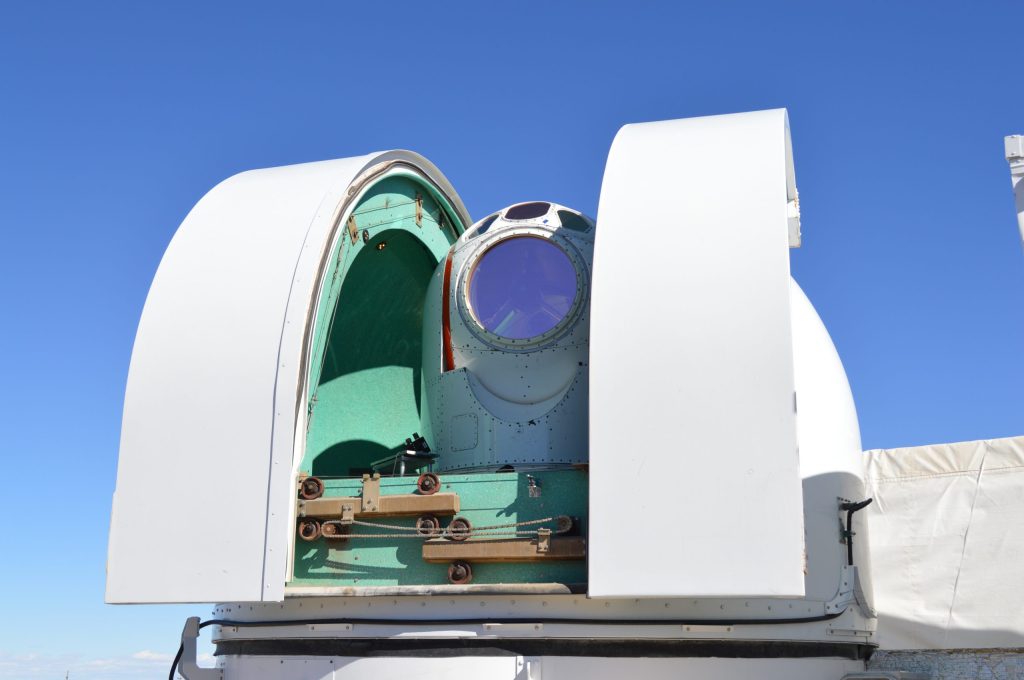Are you interested in delivering a webinar presentation on your DoD research and engineering efforts?
DSIAC hosts live online technical presentations featuring a DoD research and engineering topic within our technical focus areas.
Host a Webinar with dsiac
Upcoming Webinars
Automated/Autonomous Impacts Routing – Path Optimization Through Adverse Atmospheric Effects and Obstacles
Automated Impacts Routing (AIR) is a software system that uses a modified version of the A* algorithm by including environmental (atmosphere/terrain) effects coupled with shortest path calculations. It allows best and second-best path solutions as…
The Next Frontier in Energy and Materials: Turbostratic Graphene
Unlike conventional single- or few-layer graphene, turbostratic graphene, which is derived from biomass feedstock, can perform across a wide range of metrics and applications. To raise awareness and increase domestic production of turbostratic graphene, this…
Past Webinars
Smart Manufacturing Strategies and Technologies
This webinar addresses the design, testing, and evaluation of an integrated and holistic framework for integrity management of manufacturing components/systems/processes seeking to improve productivity and…
Accelerating Innovations in Autonomy in Complex Real-World Environments
Autonomous systems are increasingly vital to augment and accelerate how real-world operations are conducted today, especially in challenging scenarios with time-sensitive objectives, degraded sensing and…
Materials Selection for High-Temperature System; Condensed Phase Foundation
Missile propulsion and hypersonic thermal protection systems typically include components that operate at very high temperatures – often in the range of approximately 1750 °C…
An Overview of the Effectiveness ToolBox (ETB)
ETB is a weapon effectiveness model developed by the Lethality and Weapons Effectiveness Branch (H32) of the Naval Surface Warfare Center Dahlgren Division (NSWCDD). ETB…
Who Is Leading in AI/ML? An Unbiased Look at the Global AI/ML Landscape
Development of artificial intelligence/machine learning (AI/ML) capabilities is unquestionably on the rise, as the United States and other nations seek to increase their military strength….
Survivability Against High-Power, Radio Frequency/Microwave, Directed Energy Weapons
Modern military systems and supporting infrastructure depend upon sensitive semiconductor electronic components to provide their sensing, communications, and weapon system functions. These electronic devices are…









